Home>Garden Essentials>How Long After Pre-Emergent Can You Seed
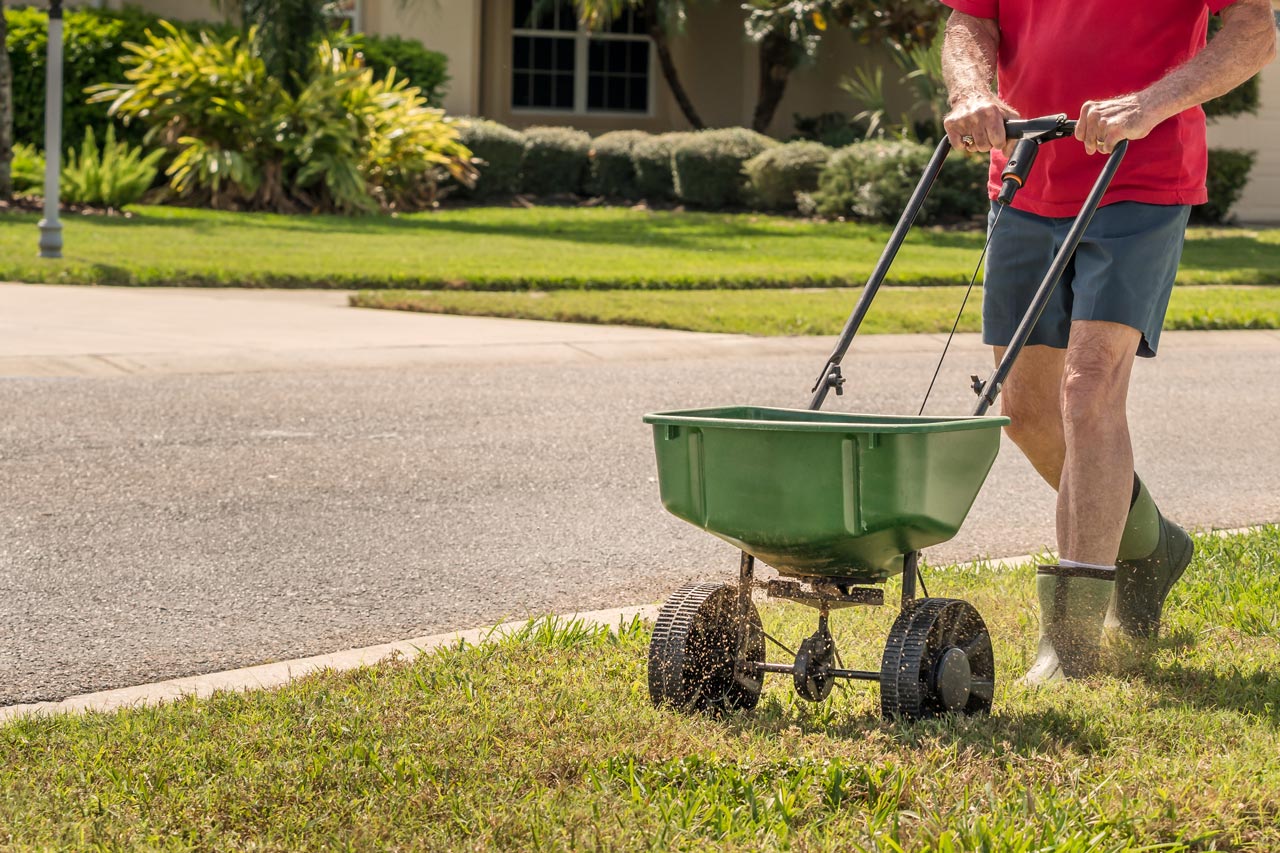

Garden Essentials
How Long After Pre-Emergent Can You Seed
Modified: March 16, 2024
Discover the perfect timing for seeding your garden after applying pre-emergent. Learn how long you should wait and get your garden flourishing in no time!
(Many of the links in this article redirect to a specific reviewed product. Your purchase of these products through affiliate links helps to generate commission for Storables.com, at no extra cost. Learn more)
Introduction
Creating a lush and vibrant garden starts with proper planning and maintenance. One of the essential steps in maintaining a healthy garden is effectively managing weeds. Weeds can quickly take over your garden and steal nutrients from your plants, leading to a lackluster and underperforming landscape. One preventive method to control weeds is the application of pre-emergent herbicides.
Pre-emergent herbicides are a valuable tool in weed control as they target weed seeds before they germinate. These herbicides form a barrier in the soil, preventing weed seeds from emerging and establishing themselves in your garden. While pre-emergent herbicides are effective at controlling weeds, they can also hinder the germination and growth of desirable plants, including grass seeds or flower seeds.
If you are planning to seed or overseed your garden, it is essential to understand how long you should wait after applying a pre-emergent herbicide. This waiting period is crucial to ensure the successful germination and establishment of your desired plants.
In this article, we will explore the waiting period required after applying pre-emergent herbicides before you can safely seed your garden. We will also discuss the factors that influence the waiting period and provide some helpful tips to ensure successful seeding after pre-emergent application.
Key Takeaways:
- Wait after applying pre-emergent herbicides to ensure successful plant germination and growth. Factors like herbicide type, soil, and climate affect the waiting period.
- Follow herbicide label instructions and local guidelines for safe seeding after pre-emergent application. Prepare soil, choose quality seeds, and monitor weed growth for successful planting.
Read more: How Long To Seed After Pre-Emergent
Understanding Pre-Emergent Herbicides
Pre-emergent herbicides are an effective tool in weed control because they target weed seeds before they have a chance to grow. These herbicides work by forming a barrier in the soil that prevents weed seeds from germinating and establishing themselves in your garden.
When applied correctly, pre-emergent herbicides can help reduce weed populations and give your desired plants a competitive edge. They are particularly useful for controlling annual weeds, which are weeds that complete their life cycle within a year and reproduce by seed.
It’s important to note that pre-emergent herbicides are not effective against existing weeds or perennial weeds that spread through underground roots. These herbicides primarily work on weed seeds that are present in the soil.
There are various types of pre-emergent herbicides available, each targeting specific types of weeds. Some common pre-emergent herbicide active ingredients include prodiamine, dithiopyr, oryzalin, and pendimethalin.
Before applying any pre-emergent herbicide, it is crucial to read and follow the manufacturer’s instructions carefully. The instructions will provide specific information about application rates, timing, and any precautions you need to take, such as wearing protective clothing or avoiding application near water sources.
Timing is critical when it comes to applying pre-emergent herbicides. These herbicides should be applied before the target weed seeds germinate. Timing is typically based on the seasonal development of target weeds in your area. Consulting with a local gardening expert or extension service can help you determine the best time to apply pre-emergent herbicides in your region.
Now that we have a basic understanding of pre-emergent herbicides, let’s explore why it is necessary to wait before seeding your garden after applying these herbicides.
Why Wait to Seed?
After applying a pre-emergent herbicide, you might be eager to start seeding your garden right away. However, it is crucial to exercise patience and wait for a specific period before sowing your desired plants. Here are a few reasons why waiting after applying pre-emergent herbicides is necessary:
1. Prevent Seed Germination: Pre-emergent herbicides work by preventing weed seeds from germinating and establishing themselves. Unfortunately, they can also inhibit the germination of desirable plant seeds. Waiting after applying pre-emergent herbicides gives enough time for the herbicide to break down or dissipate, allowing the desired seeds to germinate and grow without any hindrance.
2. Protect Your Investment: When you invest time, effort, and money into seeding your garden, you want to ensure the best possible outcome. By waiting after applying pre-emergent herbicides, you are giving your seeds the optimal conditions for germination and growth. This step is crucial to protect your investment in your garden.
3. Maintain Herbicide Efficacy: Applying pre-emergent herbicides requires precision and care to ensure their efficacy. If you sow seeds immediately after application, you risk disturbing the herbicide barrier in the soil, potentially reducing its effectiveness. Waiting for the recommended period ensures that the herbicide remains undisturbed and continues to provide weed control.
4. Minimize Weed Competition: Pre-emergent herbicides are effective at preventing weed seeds from germinating. However, if you seed your garden immediately after application, the germinating weed seeds and your desired plant seeds may compete for resources, such as nutrients, water, and sunlight. Waiting allows the herbicide to suppress weed growth and minimize the competition, giving your plants a better chance to thrive.
By waiting before seeding your garden after applying pre-emergent herbicides, you are giving your desired plants the best chance of successful germination and growth. The waiting period ensures that the herbicide has dissipated, maximizes the efficacy of the herbicide, and minimizes competition with weed seeds.
Factors Affecting Waiting Period
The waiting period after applying pre-emergent herbicides before seeding your garden can vary depending on several factors. It’s essential to consider these factors to determine the appropriate waiting period for your specific situation. Here are some factors that can influence the waiting period:
1. Herbicide Half-Life: The half-life of the pre-emergent herbicide you used is a crucial factor in determining the waiting period. The half-life refers to the time it takes for half of the active ingredient in the herbicide to degrade or break down. Some herbicides have a shorter half-life, while others have a longer half-life. Understanding the half-life of the herbicide can guide you in determining when it is safe to seed after application.
2. Environmental Conditions: Environmental conditions, such as temperature, rainfall, and sunlight, can impact the breakdown rate of pre-emergent herbicides. Warmer temperatures and adequate rainfall can accelerate the degradation of herbicides, shortening the waiting period. In contrast, cooler temperatures and dry conditions can slow down the breakdown process, resulting in a longer waiting period.
3. Soil Type and Organic Matter: Different soil types have varying capacities to absorb and retain herbicides. Porous soils with lower organic matter content tend to have faster herbicide dissipation rates compared to compacted or clay-rich soils. Soils rich in organic matter can bind to herbicide molecules, potentially prolonging their persistence in the soil and necessitating a longer waiting period.
4. Herbicide Application Rate: The rate at which you applied the pre-emergent herbicide can also influence the waiting period. Higher application rates may result in a longer persistence of the herbicide in the soil, requiring a more extended waiting period before seeding. It is crucial to follow the manufacturer’s recommended application rate to ensure the appropriate waiting period.
5. Desired Plant Species: Different plant species have varying sensitivity to pre-emergent herbicides. Some plants may be more tolerant to the herbicide or have a shorter germination period, allowing for a shorter waiting period. On the other hand, certain sensitive plant species may require a longer waiting period to ensure successful seed germination and growth.
It is important to note that the waiting period can vary depending on the specific pre-emergent herbicide you used, as each herbicide has different characteristics and persistence rates. Always refer to the label instructions and consult with a local gardening expert or extension service to determine the appropriate waiting period based on these factors.
Wait at least 60-90 days after applying pre-emergent before seeding to allow the herbicide to break down and not inhibit seed germination.
Recommended Waiting Periods for Seeding
The waiting period after applying pre-emergent herbicides before seeding your garden can vary depending on the specific herbicide used, environmental conditions, and other factors. While precise waiting periods can differ, here are some general recommendations:
1. Read the Label: The most accurate and reliable information on the waiting period can be found on the herbicide label. It is essential to read and follow the manufacturer’s instructions carefully. The label instructions will provide specific guidelines on when it is safe to seed after applying the herbicide.
2. Follow Established Guidelines: Local gardening experts and extension services often provide general guidelines for waiting periods after applying pre-emergent herbicides. These guidelines are based on regional climatic conditions and common weed species. Consulting with local experts will help you determine the appropriate waiting period for your specific area.
3. Shorter Waiting Period: In some cases, the waiting period after applying pre-emergent herbicides can be as short as a few days to a week. This is often the case with herbicides that have shorter persistence in the soil and under favorable environmental conditions, such as warm temperatures and adequate rainfall.
4. Longer Waiting Period: For certain herbicides with longer persistence or under less favorable environmental conditions, the waiting period can be several weeks or even months. Herbicides applied during cooler temperatures or in soils with high organic matter content may require a more extended waiting period to ensure their breakdown and minimize any potential negative effects on seed germination and growth.
5. Perform a Germination Test: If you are unsure about the waiting period or have specific concerns about your desired plant species, you can conduct a germination test. This involves planting a small sample of your desired seeds in treated soil to observe their germination rate and growth. This test can help determine if the waiting period should be extended or if it is safe to proceed with seeding.
Remember, the waiting period can vary depending on multiple factors, so it is crucial to follow the specific recommendations provided by the herbicide manufacturer and local gardening experts. Taking the time to wait for the appropriate period will help ensure the successful germination and establishment of your desired plants.
Read more: How Long After Grass Seed Can You Mow
Exceptions to the Waiting Period
While it is generally advisable to wait for a specified period after applying pre-emergent herbicides before seeding your garden, there are some exceptions where you may be able to proceed with seeding sooner. Here are a few scenarios where the waiting period can be bypassed:
1. Use Herbicides Labeled for Seeding: Some pre-emergent herbicides are specifically formulated and labeled for use in conjunction with seeding. These herbicides are designed to selectively target weed seeds while allowing the desired seeds to germinate and establish. If you intend to seed your garden immediately after applying a pre-emergent herbicide, make sure to select one that is labeled for seeding.
2. Spot Treatment: If you only have isolated areas with weeds and want to seed or overseed those specific areas, spot-treating with a pre-emergent herbicide may be an option. Spot treatment allows you to target the weeds directly without affecting the entire garden. After spot treatment, you can proceed with seeding in the untreated areas without waiting for a full waiting period.
3. Previous Herbicide Application: If you applied a pre-emergent herbicide in a previous season or before a different planting cycle, the waiting period may already be over. Some pre-emergent herbicides have residual effects that can last for several months or even longer. In such cases, it may not be necessary to wait for the full waiting period again before seeding.
4. Seed-Free Areas: If there are specific areas in your garden where you don’t plan to seed or overseed, you may not need to wait before planting in those areas. For example, if you have established perennial plants in one section and only need to treat weeds in another section, you can apply the pre-emergent herbicide in the weedy area and proceed with planting in the seed-free section.
5. Consult a Professional: If you are unsure about whether you can bypass the waiting period or have specific concerns about your situation, it is best to consult a professional. Seek guidance from a local gardening expert, extension service, or landscape professional who can assess your specific circumstances and provide expert advice.
While there may be exceptions to the waiting period, it is crucial to exercise caution and consider the specific herbicide, labeling instructions, and the needs of your desired plants. Always prioritize the health and success of your garden by following proper guidelines and seeking professional advice when necessary.
Tips for Successful Seeding after Pre-Emergent Application
Seeding your garden after applying pre-emergent herbicides requires some additional care and attention to ensure successful germination and growth. Here are some tips to help you achieve successful seeding after pre-emergent application:
1. Follow the Waiting Period: It is crucial to adhere to the recommended waiting period provided by the herbicide manufacturer. Waiting allows the herbicide to break down and dissipate, minimizing any interference with seed germination and establishment.
2. Prepare the Soil: Before seeding, prepare the soil properly. Remove any debris, rocks, or weeds from the area. Loosen the soil to a depth of a few inches to improve seed-to-soil contact and enhance germination rates. Consider incorporating organic matter, such as compost, into the soil to improve its fertility and water retention capacity.
3. Choose High-Quality Seeds: Select high-quality seeds that are suitable for your specific garden conditions and desired plant species. Read the seed packaging carefully to ensure the seeds are fresh, viable, and suited for the type of soil, sunlight, and climate in your area.
4. Adjust Seeding Rates: Adjust the seeding rates according to the herbicide use and label recommendations. Some herbicides may affect seed germination, so increasing the seeding rate slightly can help compensate for any potential reduction in germination or establishment.
5. Improve Seed-to-Soil Contact: Good seed-to-soil contact is essential for successful germination. After spreading the seeds, lightly rake or roll the soil to press the seeds into the ground gently. This contact with the soil enhances moisture absorption and improves the chances of successful seed germination.
6. Provide Adequate Water: Water is crucial for seed germination and early plant growth. Ensure that the seeded area receives regular and adequate water, keeping the soil moist but not waterlogged. It may be necessary to water more frequently in hot and dry conditions.
7. Monitor for Weed Growth: Even after applying pre-emergent herbicides, some weed seeds may still find their way into your garden. Monitor the seeded area for any signs of weed growth and address them promptly by hand-weeding or using targeted spot treatments. Carefully follow herbicide labels to ensure compatibility with your seeded plants.
8. Follow Good Cultural Practices: Along with proper seeding, follow good cultural practices to promote healthy plant growth. These include appropriate fertilization, regular mowing (if applicable), and proper irrigation. Pay attention to the specific needs of your desired plant species to ensure their optimal growth and development.
By following these tips, you can increase the chances of successful seed germination and establishment after applying pre-emergent herbicides. Patience, proper preparation, and diligent care will help you achieve the beautiful and thriving garden you desire.
Conclusion
Properly managing weeds in your garden is essential for maintaining a healthy and visually appealing landscape. Pre-emergent herbicides are valuable tools in controlling weed populations by targeting weed seeds before they have a chance to germinate. However, it is crucial to understand the waiting period required after applying pre-emergent herbicides before seeding your garden.
By waiting for the recommended period, you allow the pre-emergent herbicides to break down or dissipate, ensuring the successful germination and establishment of your desired plants. Waiting also minimizes weed competition and protects your investment in your garden.
Several factors can influence the waiting period, including the specific herbicide used, environmental conditions, soil type, and desired plant species. It is important to refer to the herbicide label instructions and consult local gardening experts or extension services for specific guidelines based on these factors.
While there may be exceptions that allow for bypassing the waiting period, caution should always be exercised. Using herbicides labeled for seeding, spot treatment, previous herbicide applications, or having seed-free areas are a few situations where the waiting period can be altered.
To ensure successful seeding after pre-emergent application, follow best practices such as preparing the soil, choosing high-quality seeds, providing adequate water, and monitoring for weed growth. These practices, along with adhering to the waiting period, will improve the chances of achieving a flourishing and weed-free garden.
Remember, patience and proper planning are key when it comes to seeding your garden after applying pre-emergent herbicides. By following the guidelines and tips provided in this article, you can create a vibrant and weed-resistant garden that will be the envy of your neighborhood.
Frequently Asked Questions about How Long After Pre-Emergent Can You Seed
Was this page helpful?
At Storables.com, we guarantee accurate and reliable information. Our content, validated by Expert Board Contributors, is crafted following stringent Editorial Policies. We're committed to providing you with well-researched, expert-backed insights for all your informational needs.
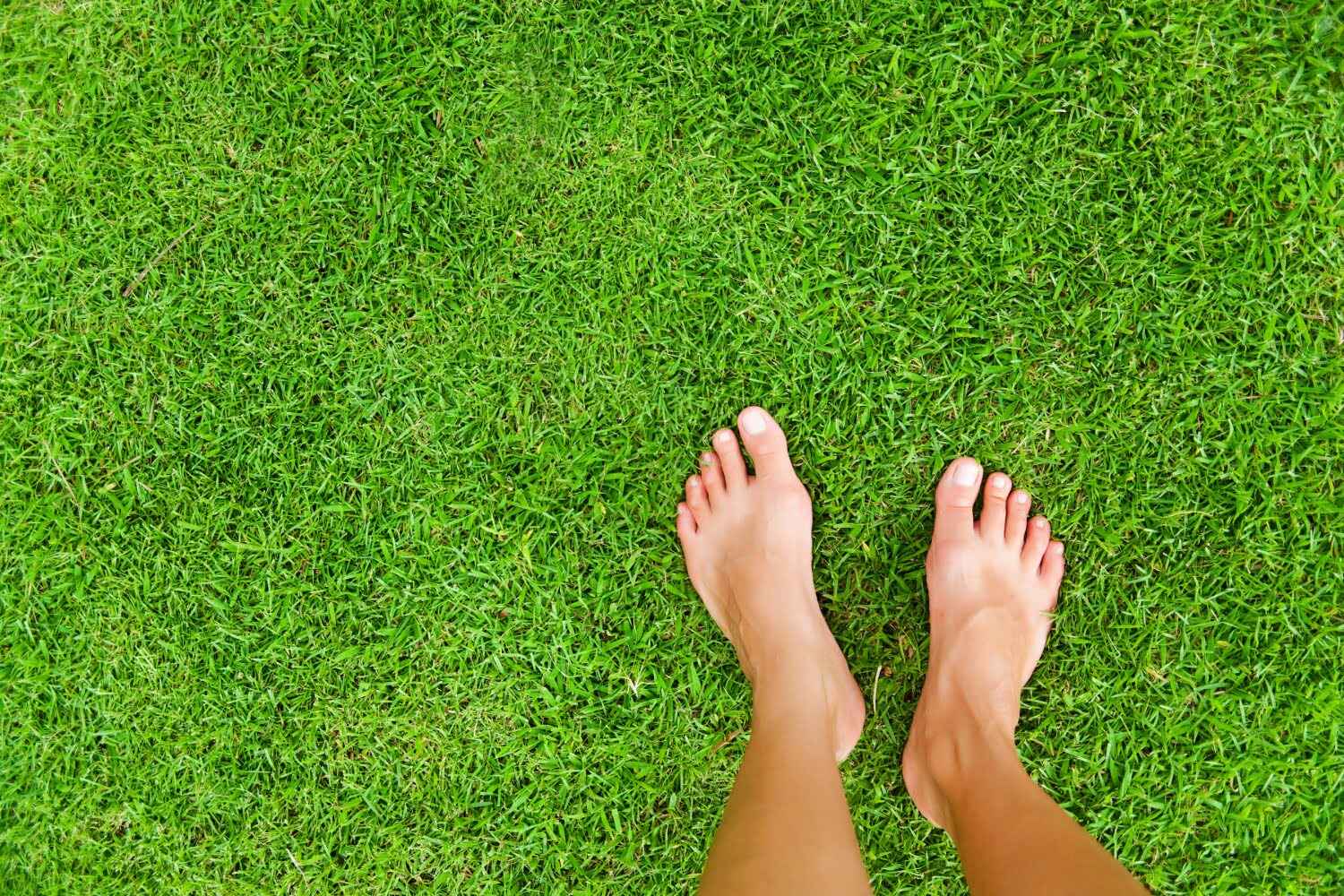
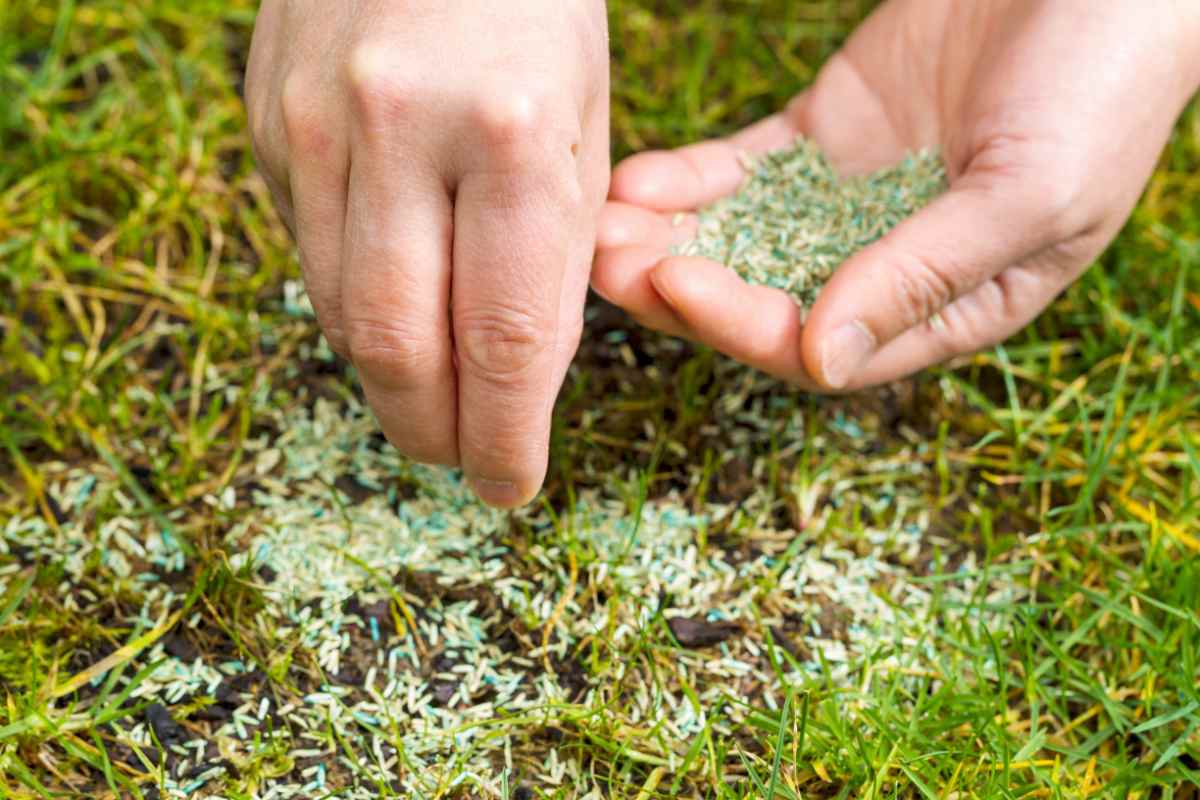
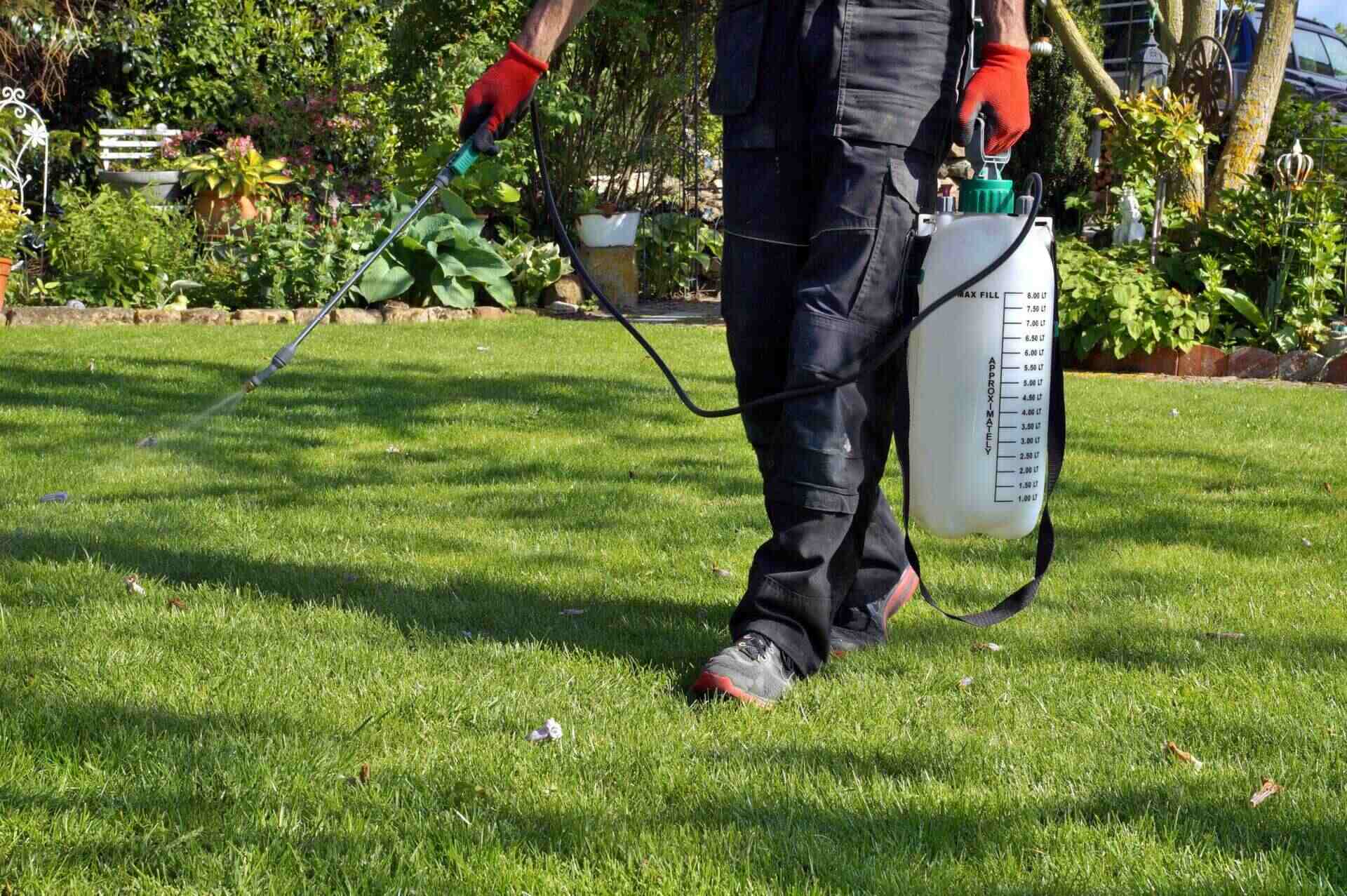
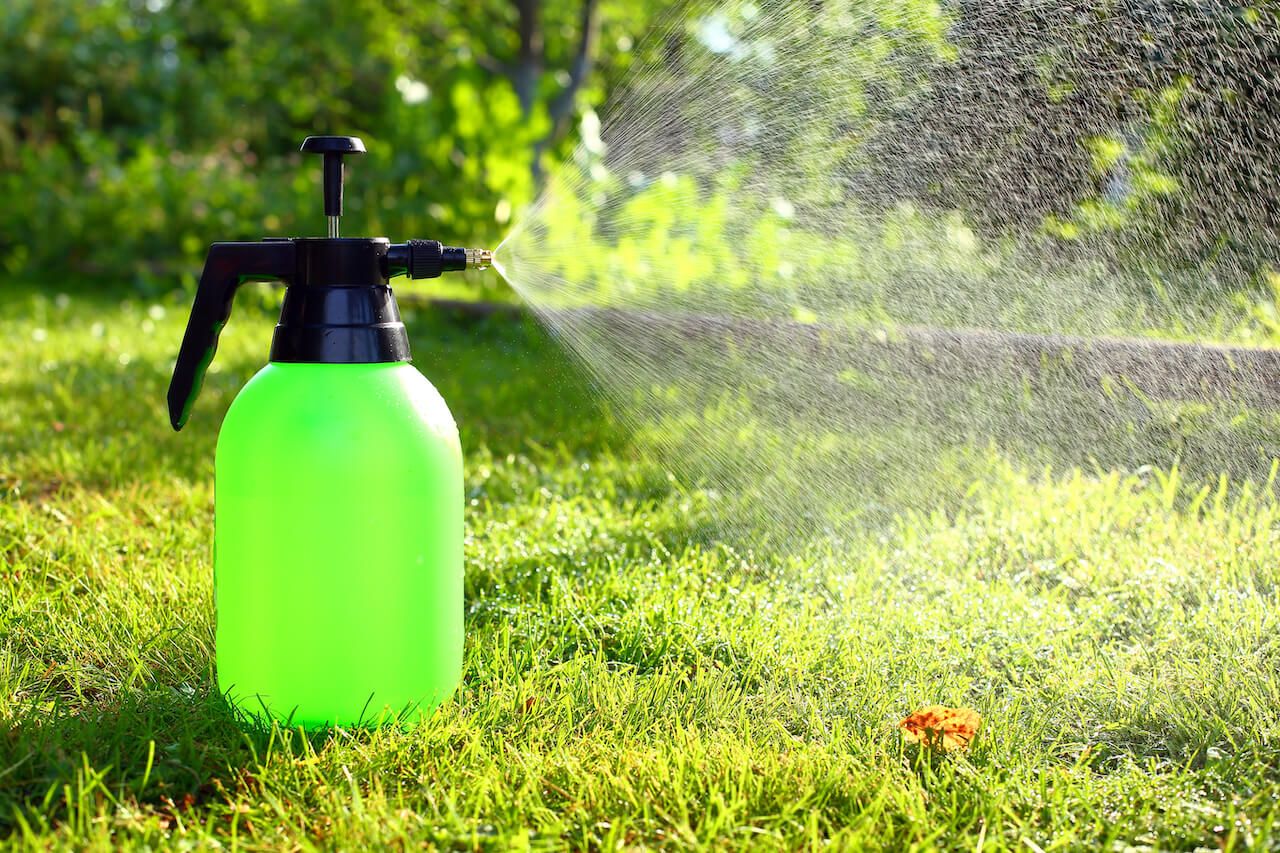
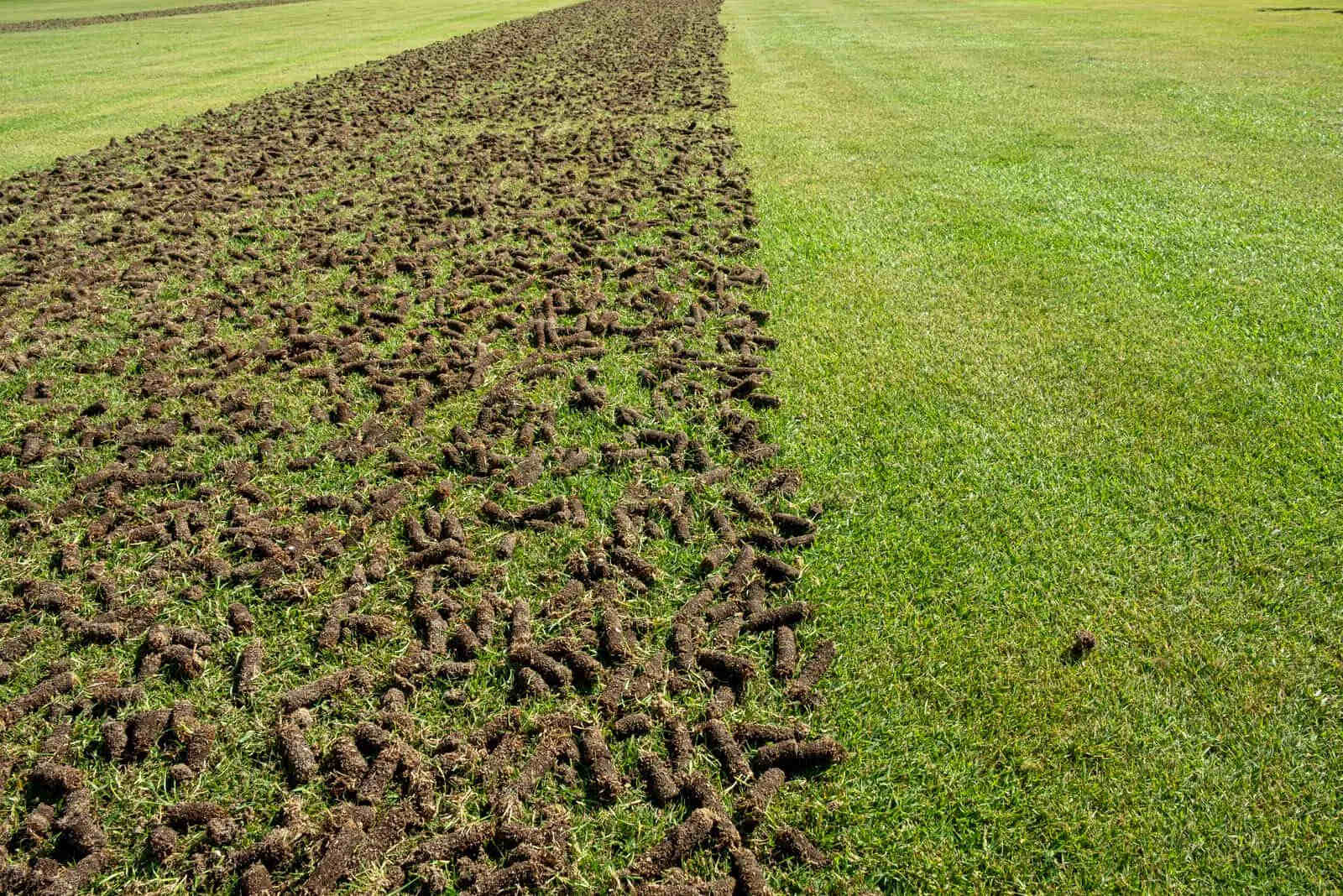
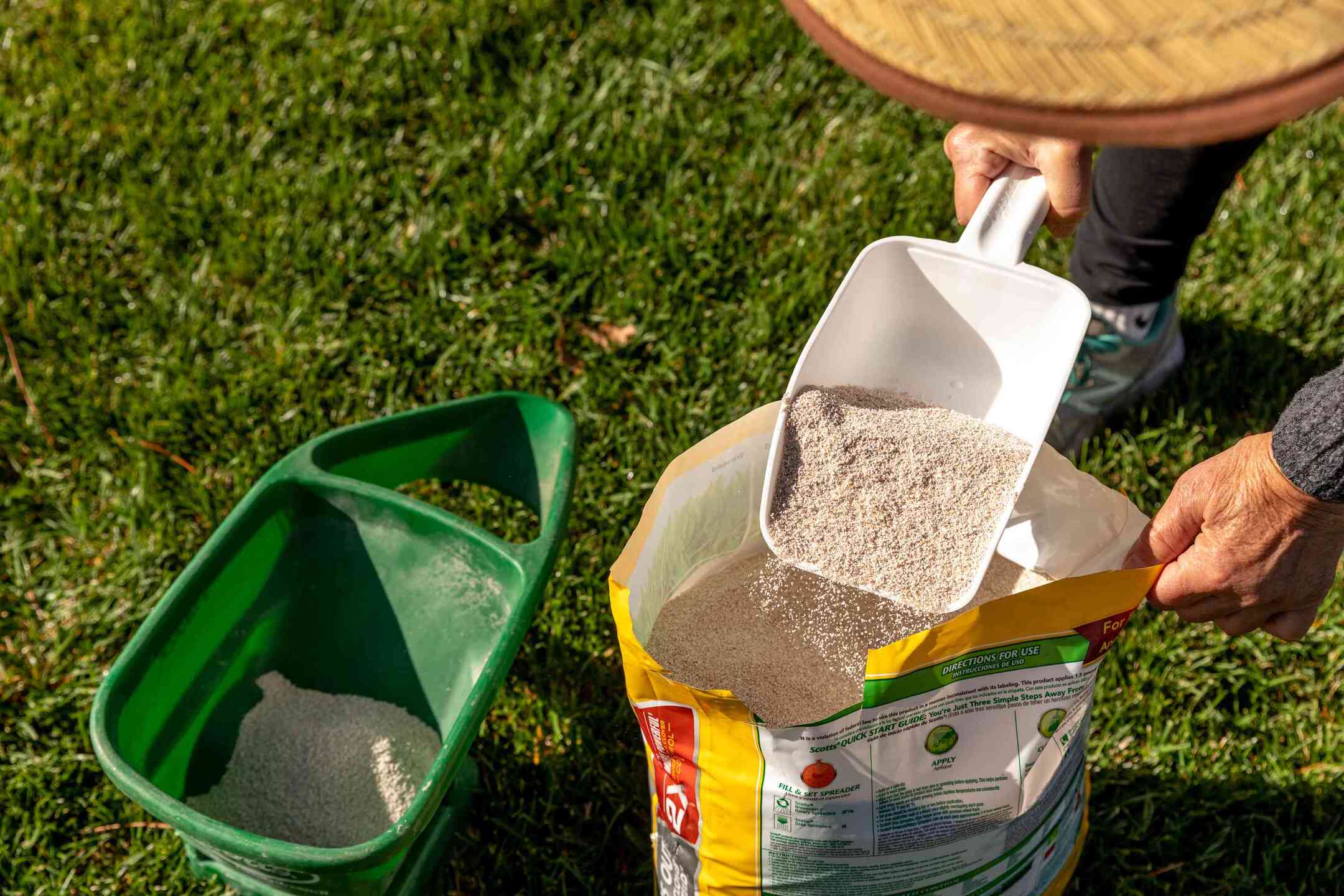
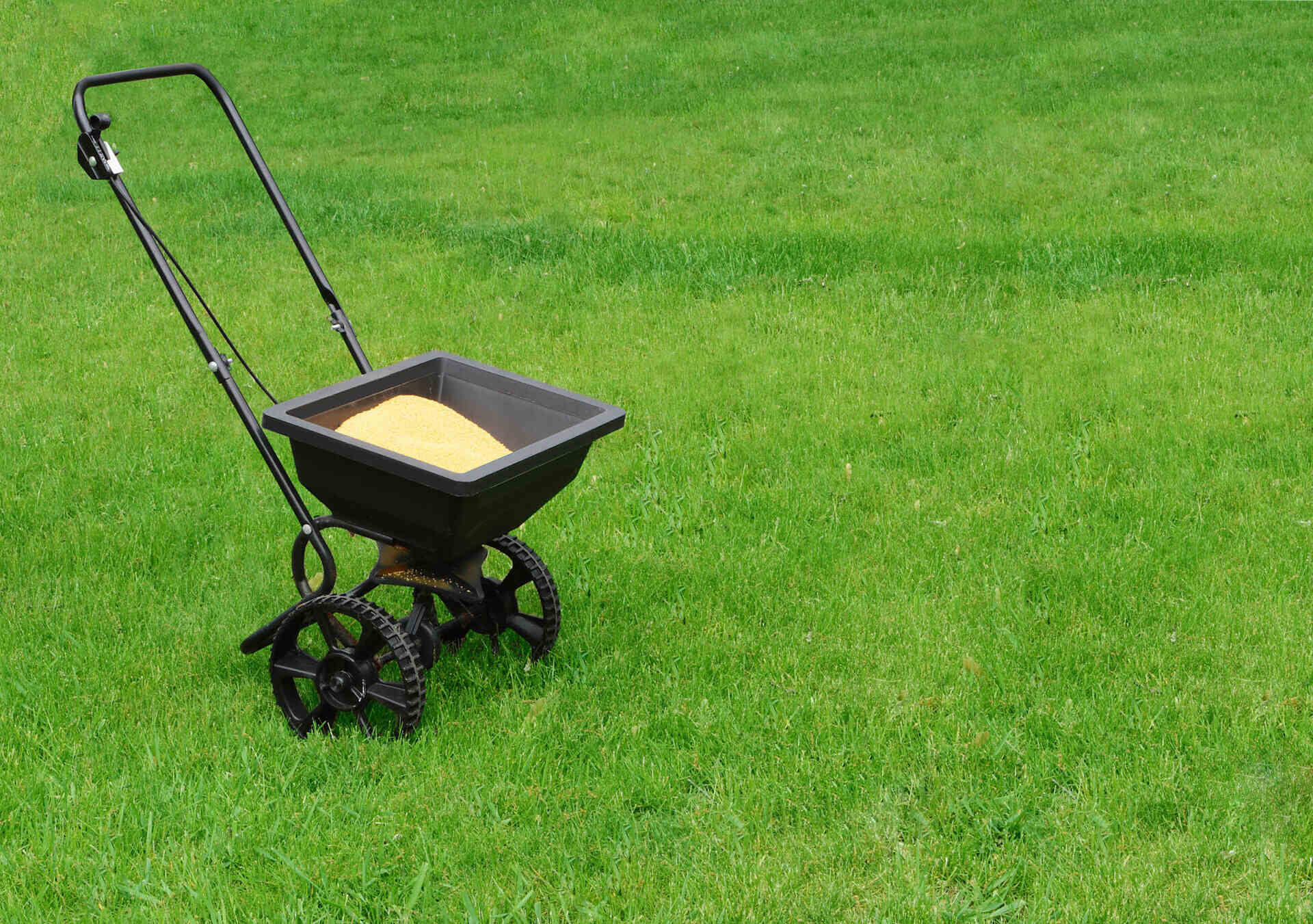

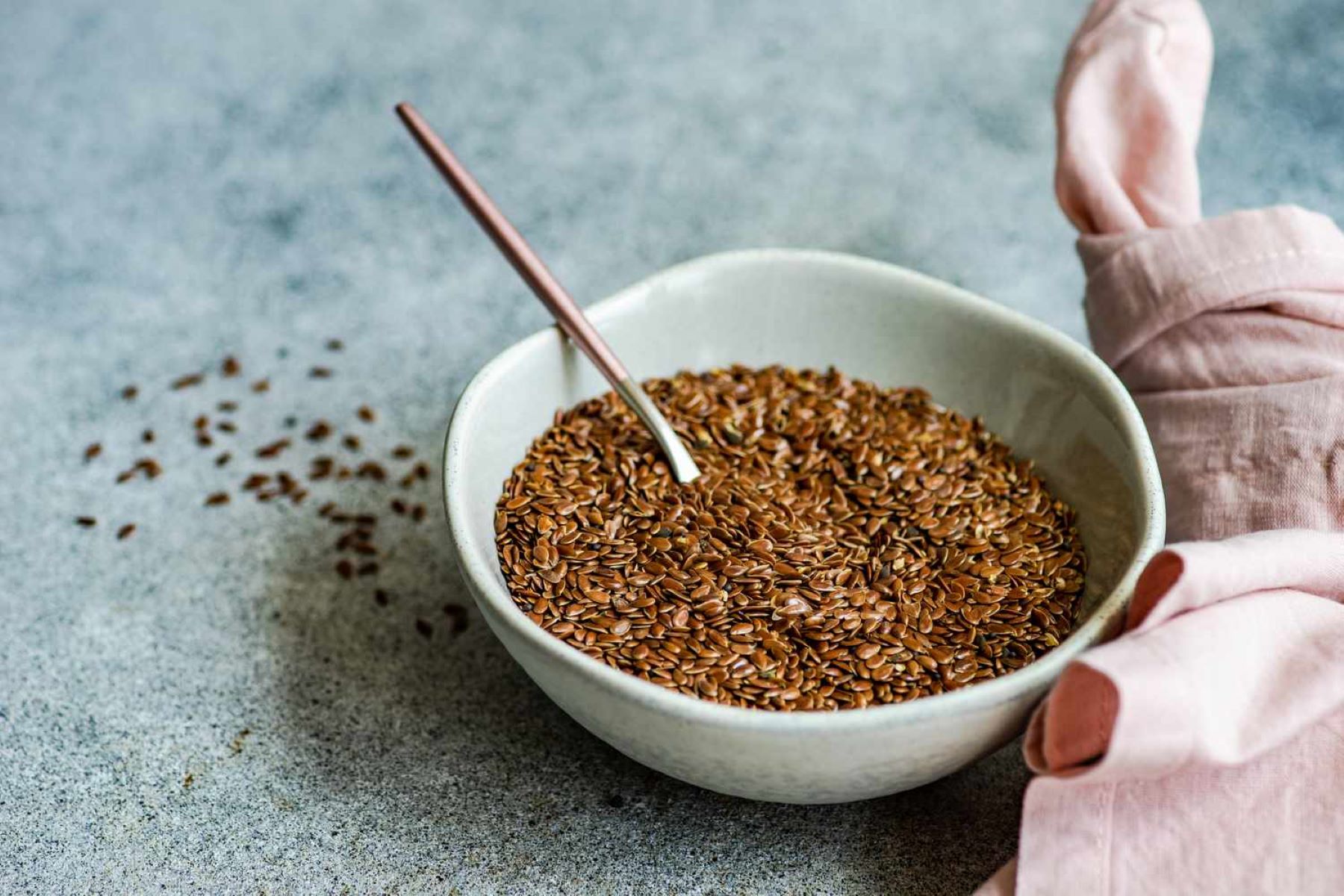
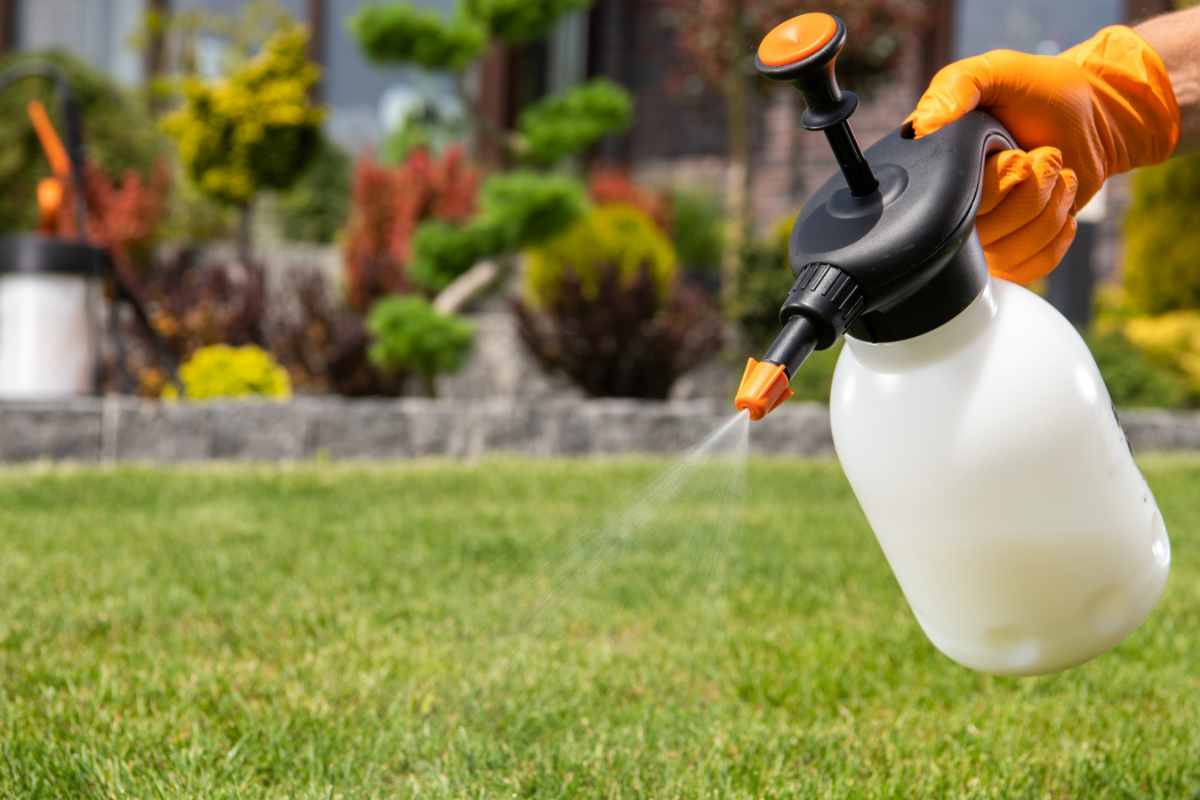
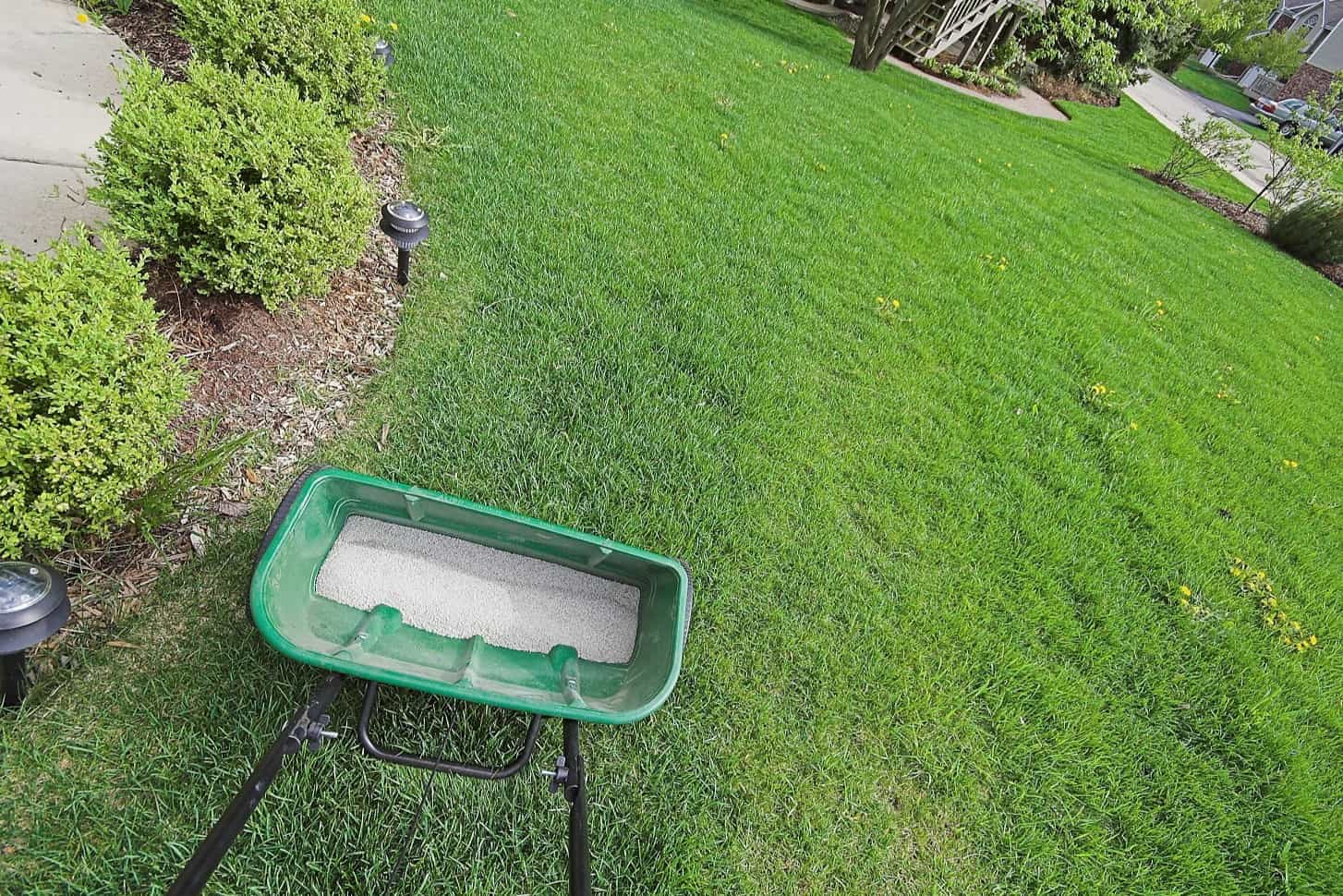

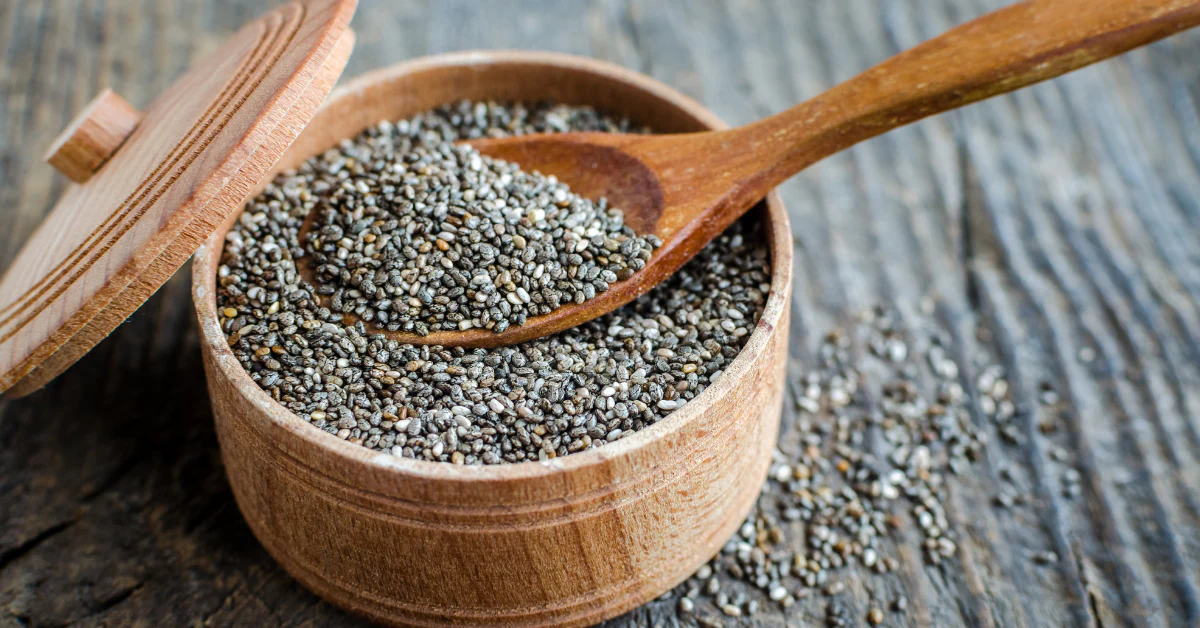


0 thoughts on “How Long After Pre-Emergent Can You Seed”